Deck & Commander Strategies
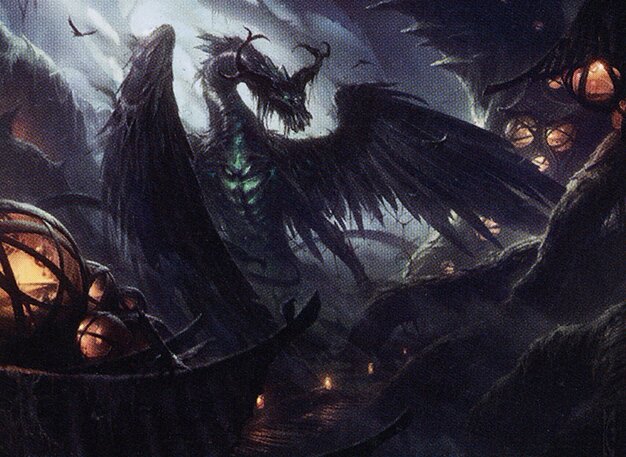
Beledros Witherbloom
Focuses on life gain and life drain through vampire synergies and exile interactions, using creatures to chip away at opponents while sustaining life and generating value.

Breya, Etherium Shaper
Artifact-centric deck that produces Thopter tokens and uses Doretti planeswalker for repeated artifact destruction and control, aiming to maintain board dominance and disrupt opponents' mana bases.
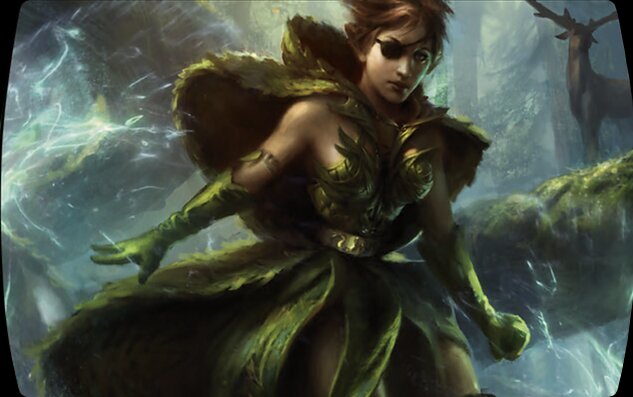
Freyalise, Llanowar's Fury
Elf tribal deck that ramps mana quickly and generates tokens, leveraging pump spells to overwhelm opponents with a wide board of efficient creatures.
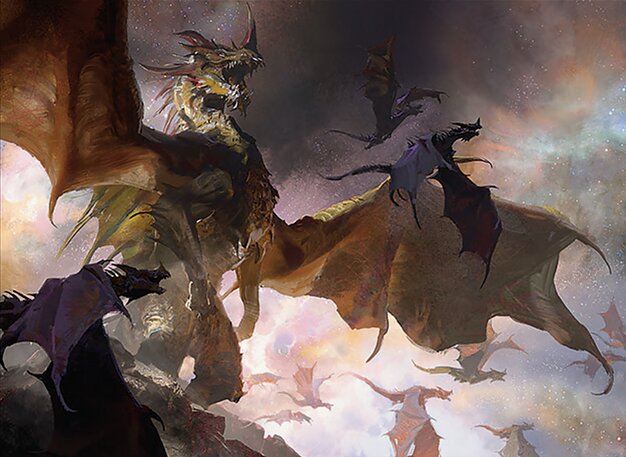
The Ur-Dragon
Ramp-heavy dragon tribal deck that accelerates mana to cast large dragons and dominate the battlefield, using card selection and treasure generation to ensure consistent threats.
Gameplay Insights
- 1
Breya used Doretti's minus ability strategically to remove Freyalise's key mana producers and artifacts, effectively crippling her ramp potential.
- 2
The Ur-Dragon player leveraged Crooks of Fate to exile non-dragon creatures, synergizing with Beledros's exile effects to gain incremental advantage.
- 3
Negotiations between players influenced attack targets and board control, showing the political aspect of multiplayer Commander games.
- 4
Beledros's early life drain and life gain interactions set a foundation for incremental pressure while maintaining survivability.
- 5
Token generation and anthem effects from Freyalise and Breya provided recurring threats and blockers despite board wipes and removal.
Notable Cards
-
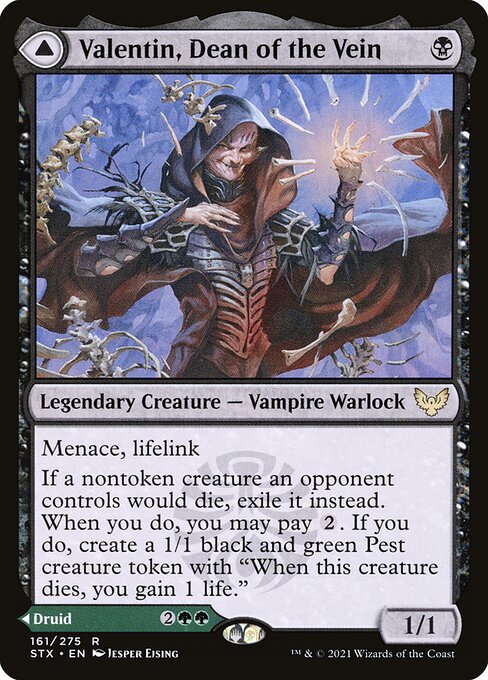
Valentin, Dean of the Vein // Lisette, Dean of the Root
-
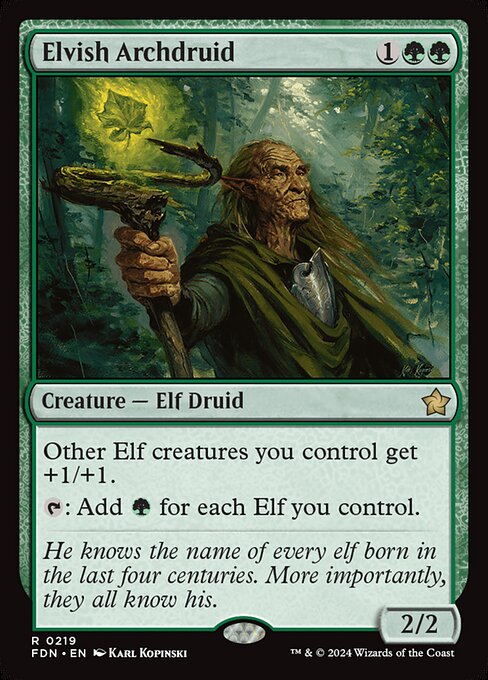
Elvish Archdruid
-
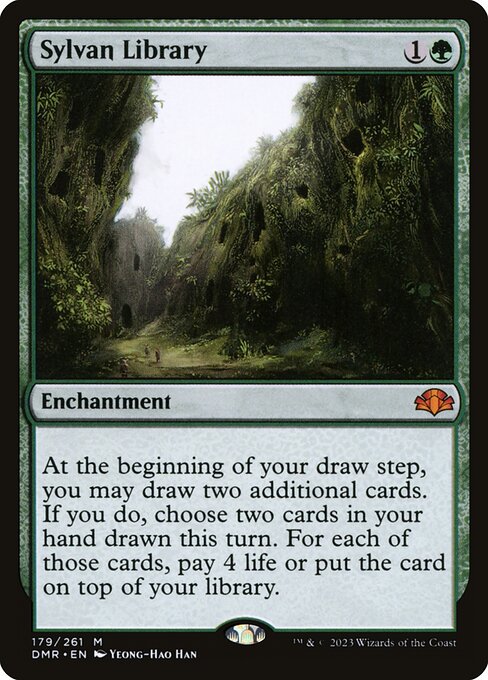
Sylvan Library
-

Dragon's Hoard
-
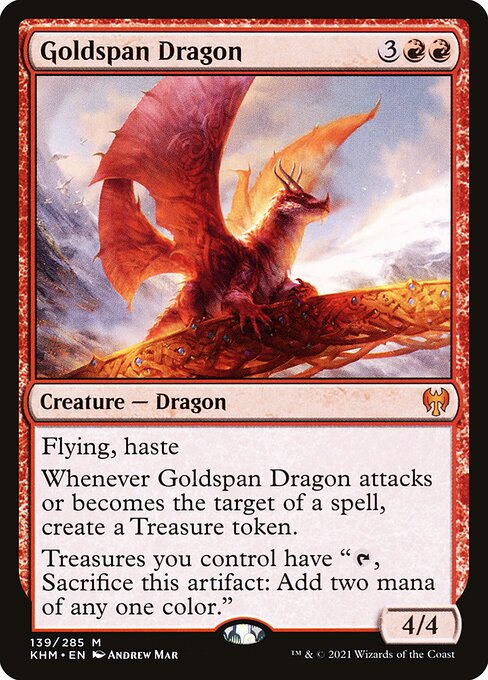
Goldspan Dragon
-
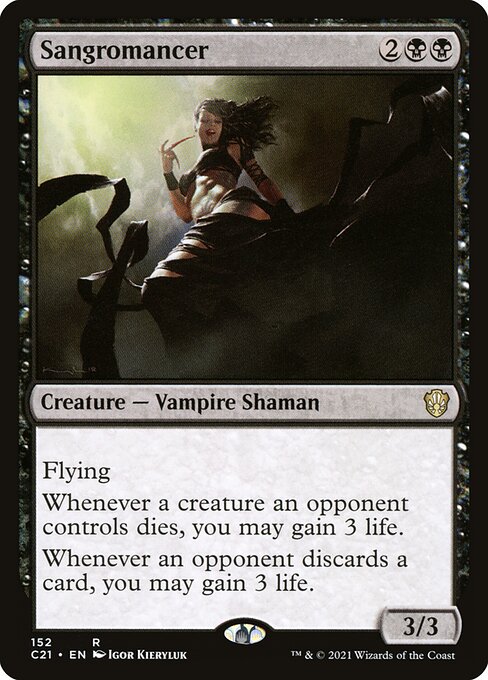
Sangromancer
Gameplay Summary
The game started with all four players developing their boards and setting up their strategies.
Beledros Witherbloom focused on life gain and drain with early creatures like Valentin, Dean of the Vein, while Breya, Etherium Shaper utilized artifact synergies to create flying Thopter tokens and control the board with her planeswalker Doretti.
Freyalise's elf tribal deck attempted to ramp and build a wide board with token generators and pump spells, though a lack of early mana slowed her initial plays.
The Ur-Dragon deck prioritized ramping and casting high-impact dragons, using Sylvan Library for card selection and Dragon's Hoard for treasure generation to fuel his big threats. Key turning points included Breya repeatedly using Doretti's minus ability to destroy problematic permanents like Elvish Archdruid and Chromatic Memorial, disrupting Freyalise's mana base and board presence.
The Ur-Dragon player leveraged a well-timed Crooks of Fate to wipe non-dragon creatures while exiling them, benefiting from Beledros's exile synergy.
Alliances and negotiations influenced combat decisions, notably preventing attacks on Doretti in exchange for targeted removal of Freyalise's key permanents.
The game featured close combat exchanges with flying and menace creatures, life gain and drain interactions, and frequent board state shifts due to artifact and creature recursion.
The gameplay revolved around managing board control, resource denial, and incremental advantage through tokens and value engines.
















![Commander VS: Meren vs Kaalia vs Derevi vs Freyalise [Commander Anthology] thumbnail](https://i.ytimg.com/vi/Qx6Xp6fw7sU/sddefault.jpg)
![Commander Versus Series: Round 2 - Ob Nixilis v. Daretti v. Freyalise v. Teferi [MTG Multiplayer] thumbnail](https://i.ytimg.com/vi/mE3NrAdgfic/sddefault.jpg)
![Commander Versus Series: Ob Nixilis v. Daretti v. Freyalise v. Teferi [MTG Multiplayer] thumbnail](https://i.ytimg.com/vi/BAKJ4a6hF-8/sddefault.jpg)


















![Beledros vs Galazeth vs Tanazir vs Shadrix [Strixhaven Commander/EDH Gameplay Garbage Fire] 2021 thumbnail](https://i.ytimg.com/vi/LSzSQR1ZqWc/sddefault.jpg)
![Tanazir vs Shadrix vs Beledros vs Galazeth [Strixhaven Commander/EDH Gameplay] 2021 thumbnail](https://i.ytimg.com/vi/bnaLsFtOZzs/sddefault.jpg)

